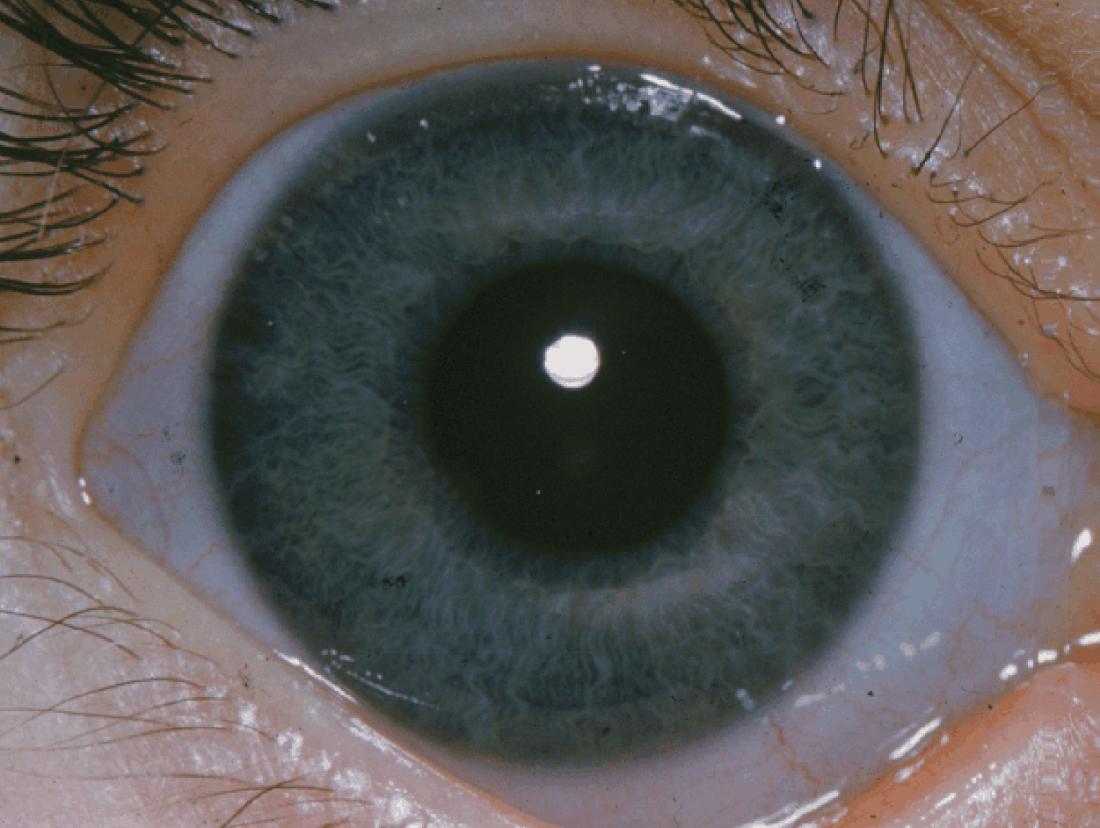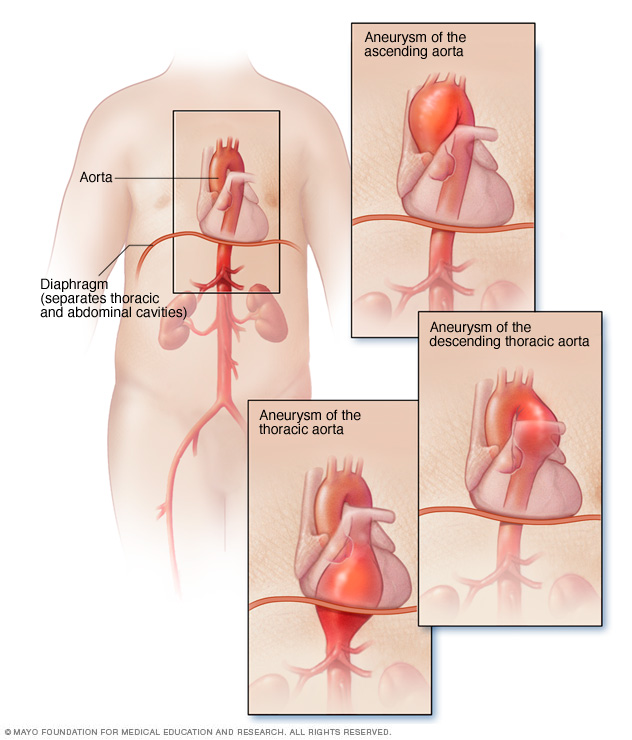
“This is the best treatment for chest pain due to expanded lungs,” Seethamraju says. And try to eat small, frequent meals to avoid excess bloating. Instead, aim to eat a balanced diet that includes plenty of grains, fruits, vegetables, dairy, and lean meat, fish, and poultry. Eating too much salt can cause you to retain water, making it more difficult to breathe. Fatty, fried, and processed foods can contribute to gas and bloating, which can trigger chest pain and tightness. Try breathing techniques like pursed lip breathing and diaphragmatic breathing. Slowing your breathing down can help you feel more in control and relax your mind and body. Focus on inhaling slowly and exhaling slowly, sitting up straight, and breathing from the diaphragm. Some common options for COPD pain relief include: “Osteoporosis with COPD needs to be recognized and treated appropriately,” says Seethamraju. The right strategy for COPD pain management can vary depending on the cause of your pain and how advanced your COPD is.
#Can eds cause upper chest discomfort how to
“This can cause a person’s pain threshold to decrease and pain sensitivity to increase.” How to Manage COPD Pain What’s more, “the stress of struggling to breathe can cause anxiety,” Dr. And if an osteoporosis fracture occurs in the spine, it can be difficult to fully expand the lungs and the rib cage, and even result in further loss of lung function in those with COPD. Extreme bouts of coughing from COPD may cause muscle strains in your chest muscles or even lead to a broken rib, especially if you have osteoporosis. People with osteoporosis are at an increased risk of bone fractures, which can also exacerbate COPD pain. This link may be due to COPD inflammation, use of steroid medication in COPD management, a history of smoking, poor nutrition, or inactivity. Osteoporosis may affect around 35 percent of people with COPD.


“This pain is real and severe, and it can be aggravated just by walking.”Īnother common cause of pain in COPD is osteoporosis, a condition that involves bone loss. This causes pressure on the chest wall, the spine, and the diaphragm,” explains Harish Seethamraju, MD, medical director of the lung transplant program at the Methodist J.C. “ COPD causes pain because the lungs become blown up like balloons. There are direct and indirect reasons you may be experiencing pain with COPD. So if you have COPD, you may benefit from pain management strategies. And the combination of pain, anxiety, difficulty sleeping, and trouble breathing can take a toll on your quality of life.Īccording to a review of studies published in 2014 in the journal BMJ Open, anywhere from 32 to 60 percent of people with COPD reported experiencing COPD-related pain. Although COPD itself doesn’t directly cause pain, symptoms like persistent cough and chest tightness can cause pain.ĬOPD-related pain is usually located in the shoulders, neck, lower back, and chest. Chronic obstructive lung disease, or COPD, is a progressive lung disease that, over time, can make it difficult to breathe.


 0 kommentar(er)
0 kommentar(er)
